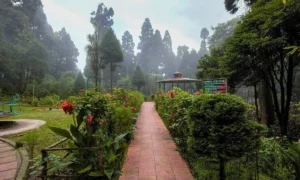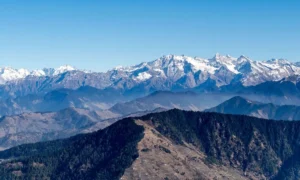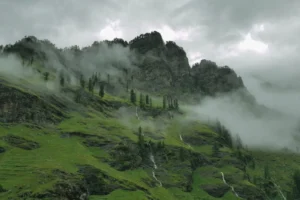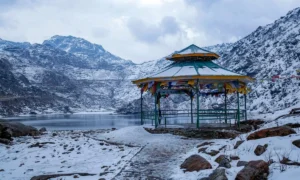Have you ever dreamed of a place where vibrant flowers carpet the earth, surrounded by towering, snow-capped mountains? A place so serene and beautiful it feels like a different world? If you are curious about traveling to such a location, then you have likely heard of Yumthang Valley. Many people ask, “What makes Yumthang Valley so special?” or “Is it really as beautiful as the pictures?” You may also be wondering how to plan a trip there and what you need to know before you go.
This guide is for you. We will take a close look at the stunning natural wonders and must-see tourist places in Yumthang Valley. This article will provide you with valuable, actionable information about how to make the most of your trip. We will cover the best time to visit, the unique flora and fauna you will encounter, and other essential details to ensure you have a memorable and smooth journey. By the end, you will feel confident and prepared to explore one of Sikkim’s most breathtaking destinations.
A Comprehensive Look at Yumthang Valley’s Best Sights
Yumthang Valley, often called the “Valley of Flowers,” is a true paradise located in North Sikkim, India. Its beauty changes with the seasons, offering a new experience each time you visit. To help you plan your perfect trip, we have compiled a list of the most important sights and experiences.
The Yumthang Valley Flower Sanctuary
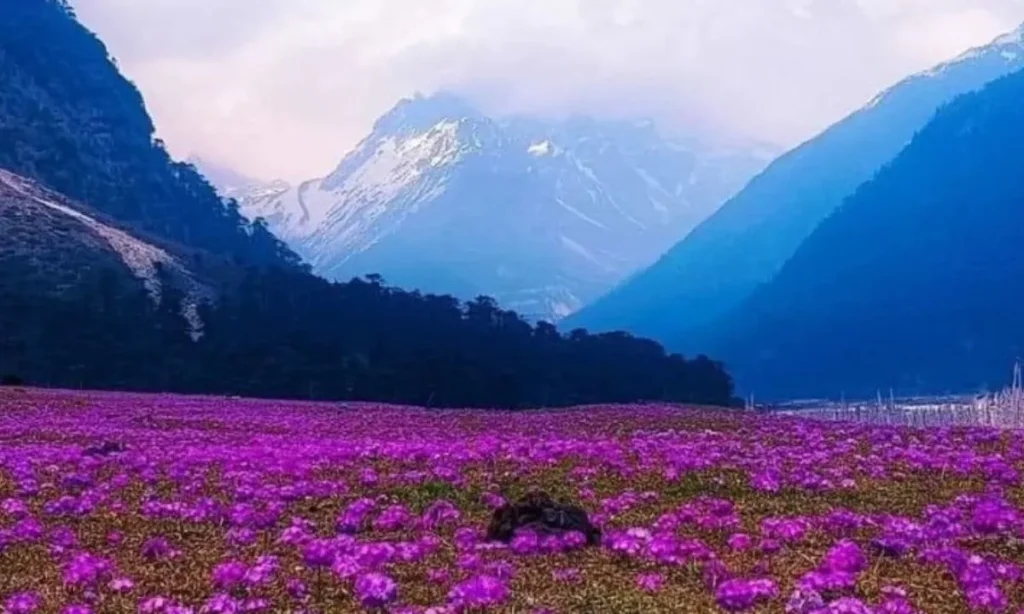
The most famous attraction is the Yumthang Valley Flower Sanctuary. This is where you will find the vast meadows of alpine flowers that give the valley its nickname. During the spring months, from late February to mid-June, the valley floor comes alive with a riot of colors. You can see over 24 different species of rhododendrons, a flower that is a signature of this region. The sight of these flowers blooming with the majestic Himalayan peaks in the background is truly unforgettable.
- Best Time to Visit: The blooming season is from late April to mid-June. If you want to see the full bloom, this is the ideal time.
- What to See: Look for different varieties of rhododendrons, poppies, primulas, and other alpine flowers. It is a photographer’s dream.
Shingba Rhododendron Sanctuary
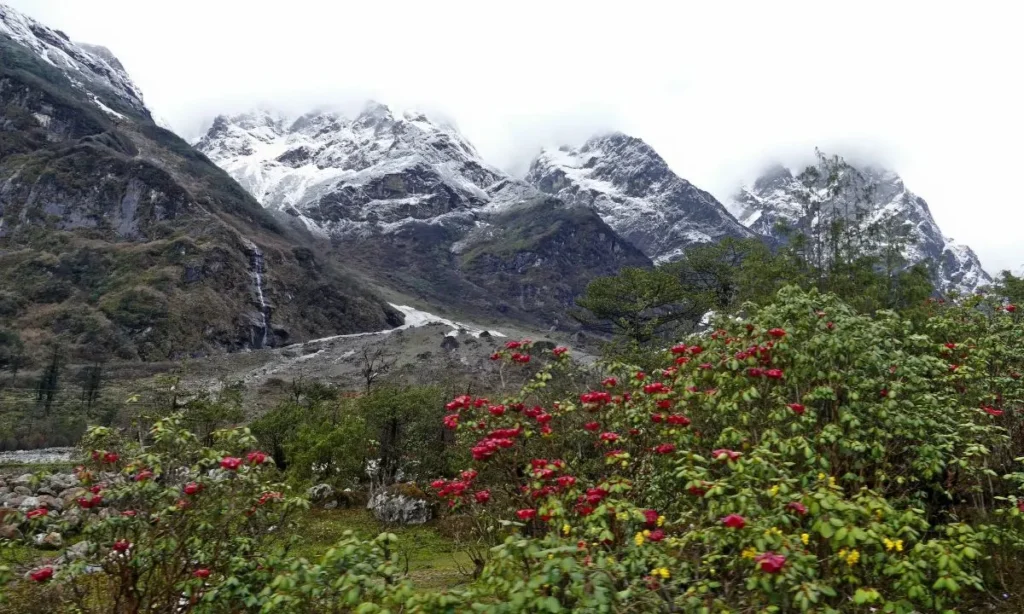
Just before you reach the main valley, you will pass through the Shingba Rhododendron Sanctuary. This protected area is dedicated to preserving the diverse species of rhododendrons that thrive in this region. According to the Forest, Environment & Wildlife Management Department of the Government of Sikkim, the sanctuary protects over 40 species of rhododendron, some of which are endemic to the area. It is a fantastic spot for nature lovers and botanists who want to explore the specific flora up close. Walking through this sanctuary, you will feel the peace and tranquility of the forest.
- Tip: Take a moment to walk the trails and learn about the different types of flowers. Informative signboards are often present.
Yumthang Hot Spring
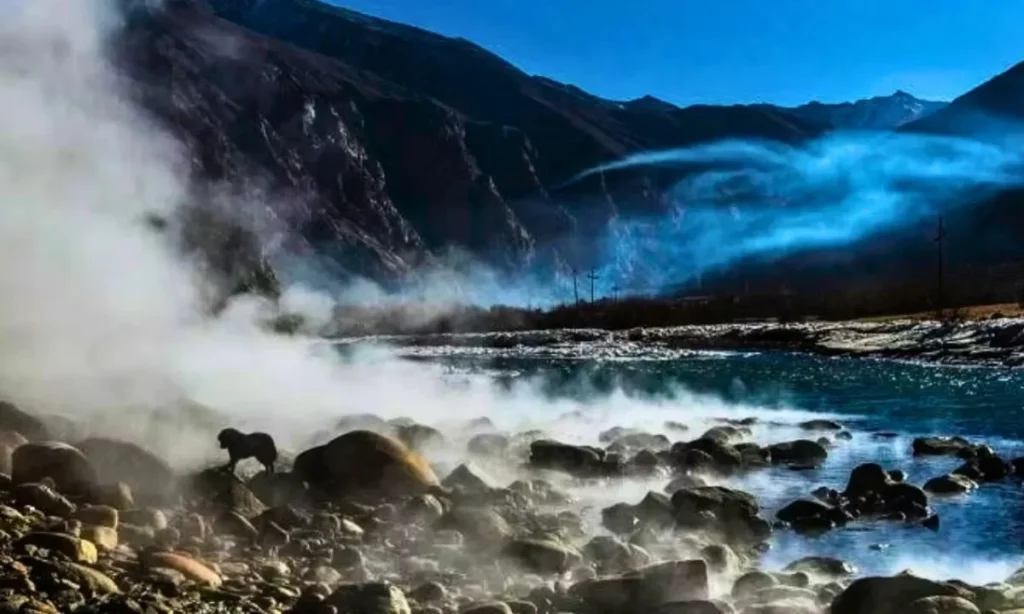
For those seeking relaxation, the Yumthang Hot Spring offers a wonderful experience. Located just a short walk from the main road, this natural hot spring is known for its therapeutic properties. The water is rich in sulfur, which many believe is good for the skin and can help with certain ailments. It is a popular spot for travelers to rest their tired muscles after a day of sightseeing and trekking.
- How to Access: You will need to cross a small bridge over the Yumthang river to reach the hot spring.
- What to Expect: The area has a few basic huts where visitors can change clothes. It is a simple, rustic experience, which is part of its charm.
The Lachung River
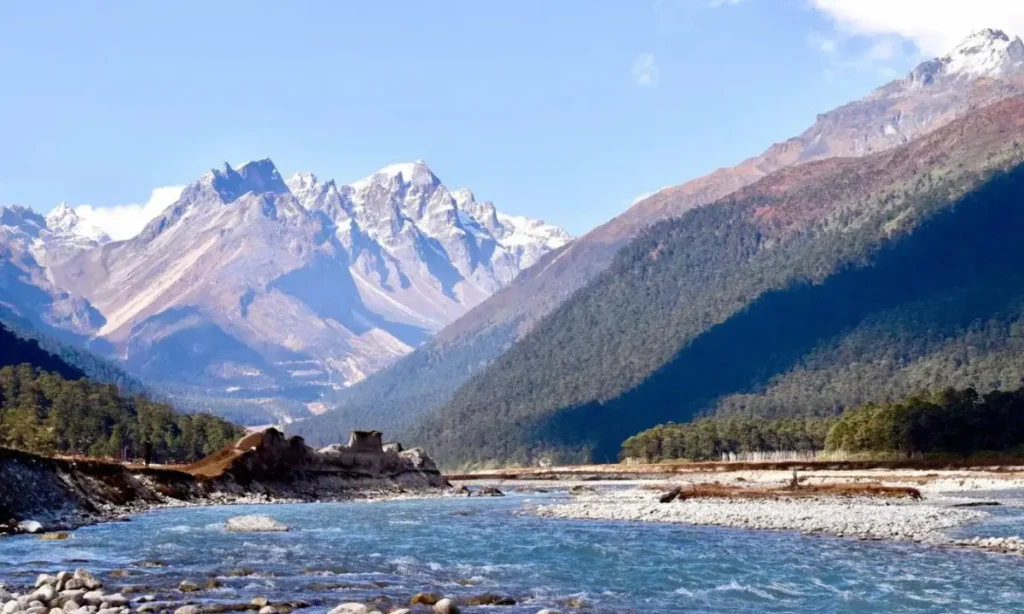
The Lachung River flows right through the heart of the Yumthang Valley. Its pristine, ice-cold waters come directly from the surrounding glaciers. The river adds to the valley’s scenic beauty and provides excellent opportunities for photography. The sound of the flowing water creates a soothing backdrop as you explore the area. The valley is cradled between this river and the high mountain peaks, which creates a stunning landscape.
- Activity: You can simply sit by the riverbank and enjoy the view, or you can take a walk along its banks.
Zero Point (Yumesamdong)
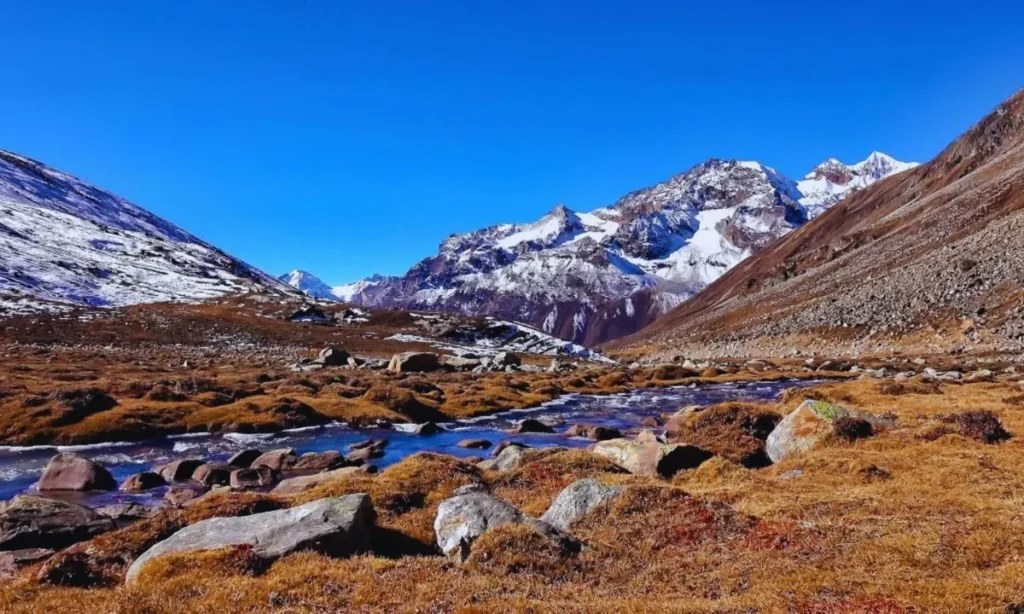
While not exactly in the valley itself, a trip to Yumthang is incomplete without a visit to Zero Point, also known as Yumesamdong. Located about 23 kilometers beyond Yumthang Valley, this place is the end of the road. Literally. It is where the motorable road ends, and the Tibetan border begins. At an altitude of over 15,300 feet, Zero Point is often covered in snow, even in the summer months. The landscape here is stark and breathtaking, with snow-covered peaks stretching as far as the eye can see.
- Note: The high altitude can cause altitude sickness, so it is essential to acclimatize properly and take precautions.
- Travel Tip: The journey from Yumthang to Zero Point is a thrilling drive with spectacular views.
Essential Information and Travel Tips
To ensure your trip is a success, here are a few things you should know.
How to Reach Yumthang Valley
The journey to Yumthang Valley begins in Gangtok, the capital of Sikkim. From Gangtok, you will travel to Lachung, a small mountain village that serves as the base for visiting Yumthang. Lachung is about a 6-7 hour drive from Gangtok. You must spend the night in Lachung before continuing to Yumthang Valley the next morning. It is a requirement to have a special permit to visit this region due to its proximity to the border. Your tour operator will typically arrange this for you.
Best Time to Visit
- Spring (late February – mid-June): The best time to see the flowers in full bloom. The weather is pleasant, but the mornings and evenings can be cold.
- Monsoon (July – September): The valley is lush and green, but heavy rainfall can cause landslides, making travel difficult.
- Autumn (October – November): The flowers are gone, but the skies are clear, and you can get spectacular views of the snow-capped mountains. The weather is crisp and cool.
- Winter (December – February): The valley is covered in a blanket of snow. Roads may be closed, but it is an ideal time for snow lovers.
Permits and Regulations
A Protected Area Permit (PAP) or Restricted Area Permit (RAP) is required for both Indian and foreign nationals to visit Yumthang Valley and surrounding areas. These permits are issued by the Tourism Department and the Check Post authorities in Gangtok. Most tour operators will handle this process for you, but it is wise to confirm this with them in advance.
Altitude and Health
Yumthang Valley is located at an altitude of over 11,800 feet. It is crucial to take precautions against altitude sickness. Drink plenty of water, avoid strenuous activity, and do not rush your travel. If you start to feel dizzy or nauseous, inform your guide immediately. It is always a good idea to carry some basic medicines with you.
Frequently Asked Questions
1. Is Yumthang Valley open throughout the year?
Yes, Yumthang Valley is technically open throughout the year, but road access can be restricted during heavy snowfall in the winter (December to February) and due to landslides during the monsoon season (July to September).
2. What kind of clothes should I carry for a trip to Yumthang Valley?
You should carry warm clothes regardless of the season. In spring and autumn, a light jacket will suffice during the day, but a heavy jacket, gloves, and a cap are essential for mornings and evenings. In winter, you will need multiple layers of heavy woolen clothing.
3. How many days are required to visit Yumthang Valley?
A standard itinerary from Gangtok to Yumthang Valley and back is typically a 2-day, 1-night trip. You will spend the night in Lachung. This allows enough time to see the main sights and adjust to the altitude.
4. Can I find accommodation in Yumthang Valley?
No, there are no accommodation options in Yumthang Valley itself. All tourists must stay overnight in Lachung, which is the base village for the trip.
Conclusion
Visiting Yumthang Valley is an experience that will stay with you long after you return home. From the breathtaking spectacle of the rhododendron blooms to the serene flow of the Lachung River and the stark beauty of Zero Point, this destination offers a truly unique and enriching journey. This guide has given you a glimpse into the wonders that await and the practical knowledge you need to prepare for your adventure. Remember to respect the natural environment, follow all local regulations, and take your time to truly soak in the stunning views. Now that you have this information, you can begin planning your own unforgettable journey to the Valley of Flowers.
We would love to hear about your experiences! Please share your favorite memories or ask any questions you may have in the comments below.
